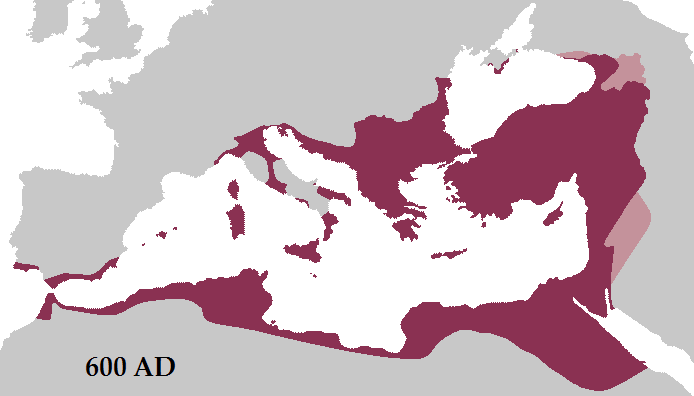
14–37 A.D.) ( 1994.230.7) was not actually related to Augustus, but his portraits portray a remarkable, and fictionalized, resemblance that connected him to the princeps and helped substantiate his position as successor.

Augustan ( 07.286.115) and Julio-Claudian ( 14.37) portrait types emphasized the youth, beauty, and benevolence of the new dynastic family, and in doing so, Augustus set a stylistic precedent that had lasting impact on Roman portrait sculpture up to the reign of Constantine the Great.Ĭlassicizing idealization in portraiture allowed emperors to emphasize their loyalties to the imperial dynasty, and even legitimize their authority by visually linking themselves to their predecessors. Augustus’ official portrait type was disseminated throughout the empire and combined the heroicizing idealization of Hellenistic art with Republican ideas of individual likeness to produce a whole new scheme for portraiture that was at once innovative and yet fundamentally based in familiar aspects of traditional Roman art.
Difference between empire express and empire express deluxe full#
The overall effect of this style gave Republican ideals physical form and presented an image that the sitter wanted to express.īeginning with Augustus, the emperors of the imperial period made full use of the medium’s potential as a tool for communicating specific ideologies to the Roman populace. Public officials commissioned portrait busts that reflected every wrinkle and imperfection of the skin, and heroic, full-length statues often composed of generic bodies onto which realistic, called “veristic” ( 12.233), portrait heads were attached. In the Republic, the most highly valued traits included a devotion to public service and military prowess, and so Republican citizens sought to project these ideals through their representation in portraiture. These stylistic stages played off of one another while pushing the medium toward future artistic innovations. Each stage of Roman portraiture can be described as alternately “veristic” or “classicizing,” as each imperial dynasty sought to emphasize certain aspects of representation in an effort to legitimize their authority or align themselves with revered predecessors.


The development of Roman portraiture is characterized by a stylistic cycle that alternately emphasized realistic or idealizing elements.


 0 kommentar(er)
0 kommentar(er)
